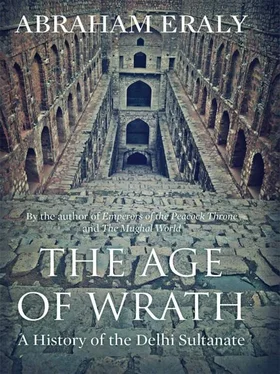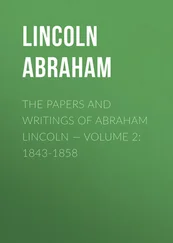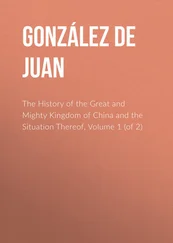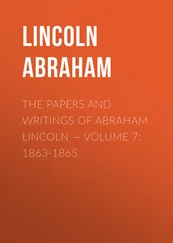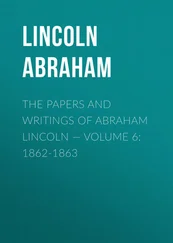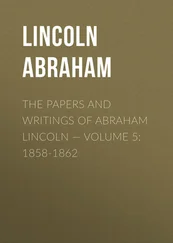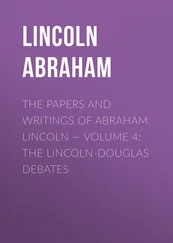What finally made Arabs send an army into Sind was a piracy related incident. There are three different versions of what provoked this action, but the generally accepted account is that what led to it was the capture of an Arab ship by pirates off the port city of Debal in the Indus delta. The pirates not only plundered the ship but also seized the Arab girls who were on it, the orphan daughters of the Muslim traders who had died in Sri Lanka. The incident, particularly the capture of the girls, roused the wrath of Hajjaj, the pugnacious Arab governor of Iraq, and he then sent an imperative letter to Dahar, the king of Sind, demanding that he should immediately free the girls, punish the pirates, and make reparation for the damage caused. But Dahar claimed that he was helpless to do anything in the matter. ‘They are pirates who have captured these women, and over them I have no authority,’ he wrote to Hajjaj. The reply was probably disingenuous, for several of the coastal rulers of India at this time were known to connive with pirates and share their booty. In any case, Hajjaj considered the reply evasive or deceitful, and he sent two punitive forces against Dahar, one by land and the other by sea. But both these forces were routed in Sind, and their commanders slain.
HAJJAJ THEN SENT, with the Caliph’s permission, a full-fledged army to invade Sind, and gave the command of this campaign to Muhammad Qasim, his nephew and son-in-law, who was then the governor of Shiraz in Persia. Muhammad was only seventeen years old at this time, but he conducted the Sind campaign with a sagacity way beyond his age, and proved to be resourceful and ingenious in military strategies as well as in diplomacy and administration.
The Caliph took care to provide Muhammad with a strong army for this campaign: 6000 picked Syrian cavalry, the flower of the Arab armies, backed by a large camel corps and a baggage train of some 3000 camels. Several more troops and adventurers joined the army on its way to India, motivated by religious zeal and the prospect of plunder. Heavy siege weapons were sent to Sind by sea, and this included a monstrously huge ballista ironically named ‘Bride’, which required some 500 men to operate it. Muhammad, states Al-Biladuri, ‘was provided with all he could require, without omitting even thread and needles.’
Setting out on the campaign, Muhammad adventurously took the hazardous but short Makran seacoast route — the ‘waterless inferno’ through which Alexander had retreated from India in the fourth century BCE — to advance into Sind. The army seems to have endured the perils of the journey well, and it reached Sind in good shape. And, although it suffered some initial reverses in Sind, it had little difficulty in storming into Debal by scaling its ramparts.
Muhammad was usually humane and fair in his treatment of the defeated enemy, but at Debal, where he had his first major military engagement in India, he was utterly ruthless in the carnage he inflicted on the people there, presumably to terrify the chieftains of Sind into submission by a demonstration of the doom that awaited them if they resisted him, and no doubt also to rouse the ferocity of his own soldiers with bloodlust and the prospect of plunder. Arabs ravaged Debal for three whole days, slaughtering all the adult men who refused to become Muslims, enslaving their wives and children, and plundering the town of all its wealth. Muhammad then sent the customary one-fifth of the plunder to the Caliph, and divided the rest among his soldiers.
Muhammad stationed a garrison in Debal to secure his line of communication and supply, and then proceeded northward along the Indus, to confront his main adversary, the king Dahar. He met very little resistance as he advanced, and a couple of towns along his route surrendered to him peacefully, though there were also a few places where he had to fight his way through. Muhammad, notes Al-Biruni in his eleventh-century chronicle, advanced ‘sometimes fighting with sword in hand, sometimes gaining his ends by treaties, leaving to the people their ancient beliefs, except in the case of those who wanted to become Muslims.’
MUHAMMAD WAS OFTEN brilliantly innovative in his military tactics. One such tactic he used was to divide his army into two divisions while attacking forts, one to fight during daytime, and the other to fight at night, thus giving no rest to the defenders, while his own soldiers always remained well-rested and fresh. Because of such tactics, and the sheer ferocity of his soldiers, Muhammad was usually victorious in his battles.
As in military tactics, so also in diplomacy Muhammad was quite ingenious, winning over the local chieftains to his side. According to Al-Biladuri, Muhammad counselled the people of Sind to surrender to him peacefully, promising them that if they did so they would not be molested in any way, but would be given full protection, and that their ‘temples shall be unto us, like the churches of Christians, the synagogues of Jews, and the fire temple of the Magians.’ But he also warned them that if they resisted him, he would be absolutely ruthless in suppressing them. And this warning was demonstrated by him in several places, where he faced resistance, by indiscriminately slaughtering the enemy soldiers as well as the common people, and by enslaving their women and children. He also desecrated a number of temples, or demolished them to build mosques in their place. In one temple he defiled the idol by attaching a piece of beef to its neck.
This dual policy of Muhammad was quite successful. His military ferocity scared off many of his potential adversaries — sometimes they fled by the back gate of their fort when Arabs entered it by its front gate — or induced them to submit to him prudently, without resistance. Some chieftains even sided with Muhammad and assisted him in his campaign. As for the general public, according to Chach-nama , a near-contemporary chronicle of the Arab conquest of Sind, Muhammad won them over by his ‘honesty, prudence, justice, equity, and generosity.’ He took particular care to give ‘protection to artificers, merchants and the common people,’ and at times even compensated those whose properties were plundered by his soldiers. Because of all this, in some places people even greeted Muhammad as a saviour, by ‘ringing bells, beating drums and dancing.’
Muhammad’s magnanimous treatment of the local people — mostly Hindus and Buddhists — involved a liberal interpretation of the injunctions of Koran, which allow Muslim armies to spare only the ‘people of the book’ (Jews, Christians and Zoroastrians) and their religious places, but require all other infidels to be put to death if they did not become Muslims. Hajjaj in fact cautioned Muhammad on this. ‘The great god says in Koran, “O true believers, when you encounter unbelievers, strike off their heads.” The above command of the great god is a great command and must be respected and followed,’ he warned. ‘You should not be so fond of showing mercy, as to nullify the virtue of the act. Henceforth grant pardon to none of the enemy and spare none of them, or else all will consider you a weak-minded man.’
Koran, however, is not entirely consistent in its injunctions on this, and in one place it says, ‘Make war upon such of those … who believe not in god … until they pay tribute out of hand, and are humbled.’ This command was often liberally interpreted to mean that non-Muslims should not be harried in any way if they paid jizya and conducted themselves humbly. It was this policy that Muhammad adopted. And Hajjaj himself later approved it. As ‘the chief inhabitants [of Sind] … have made submission, and have agreed to pay taxes to the Caliph, nothing more can be properly required from them,’ he wrote to Muhammad. ‘They have been taken under our protection, and we cannot in any way stretch out our hands upon their lives or property. Permission is given to them to worship their gods. Nobody must be forbidden or prevented from following his own religion. They may live in their houses in whatever manner they like … [They should be allowed to] live without any fear, and strive to better themselves … You deserve praise and commendation for your military conduct, and for the pains you have taken in protecting the people, ameliorating their condition, and managing the affairs of the government.’
Читать дальше
